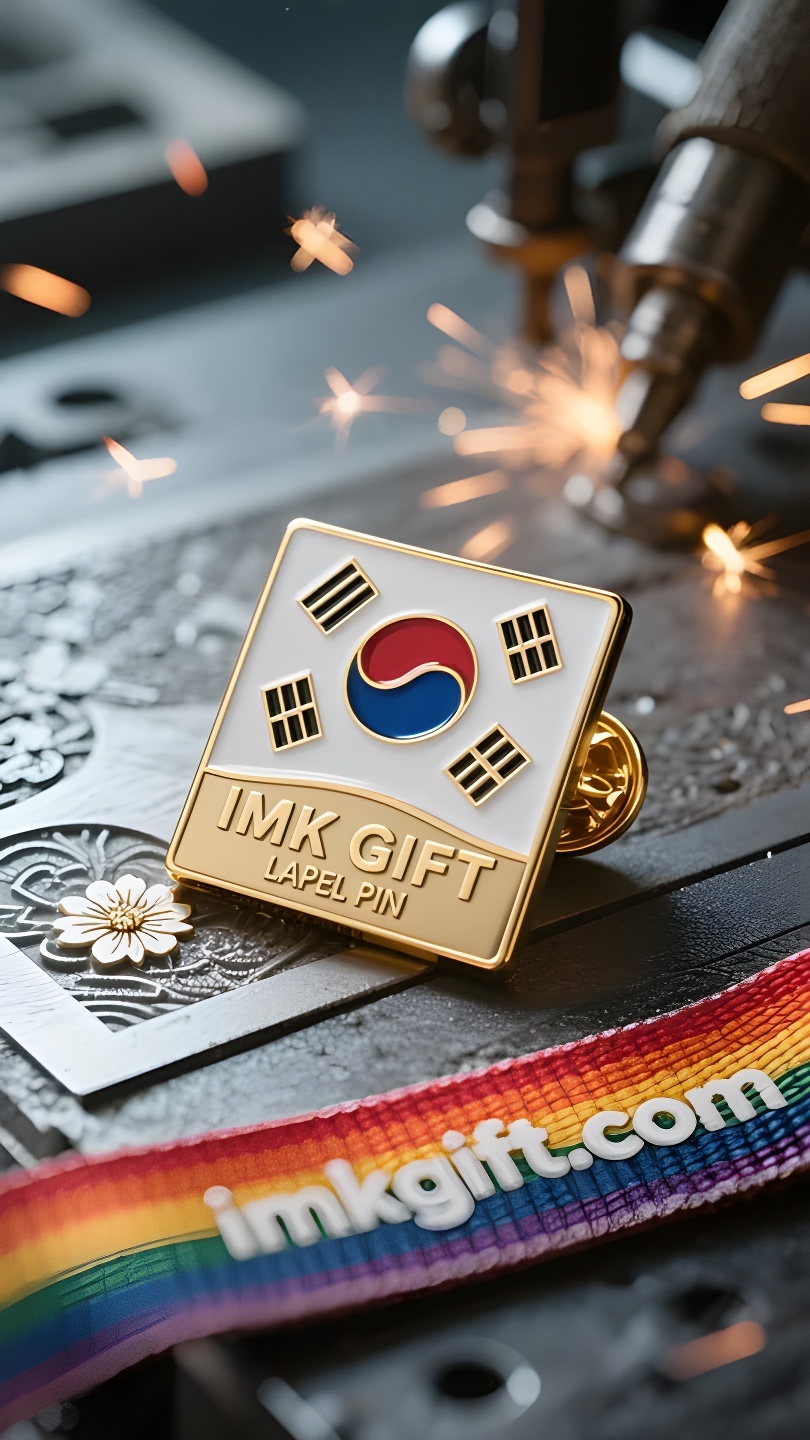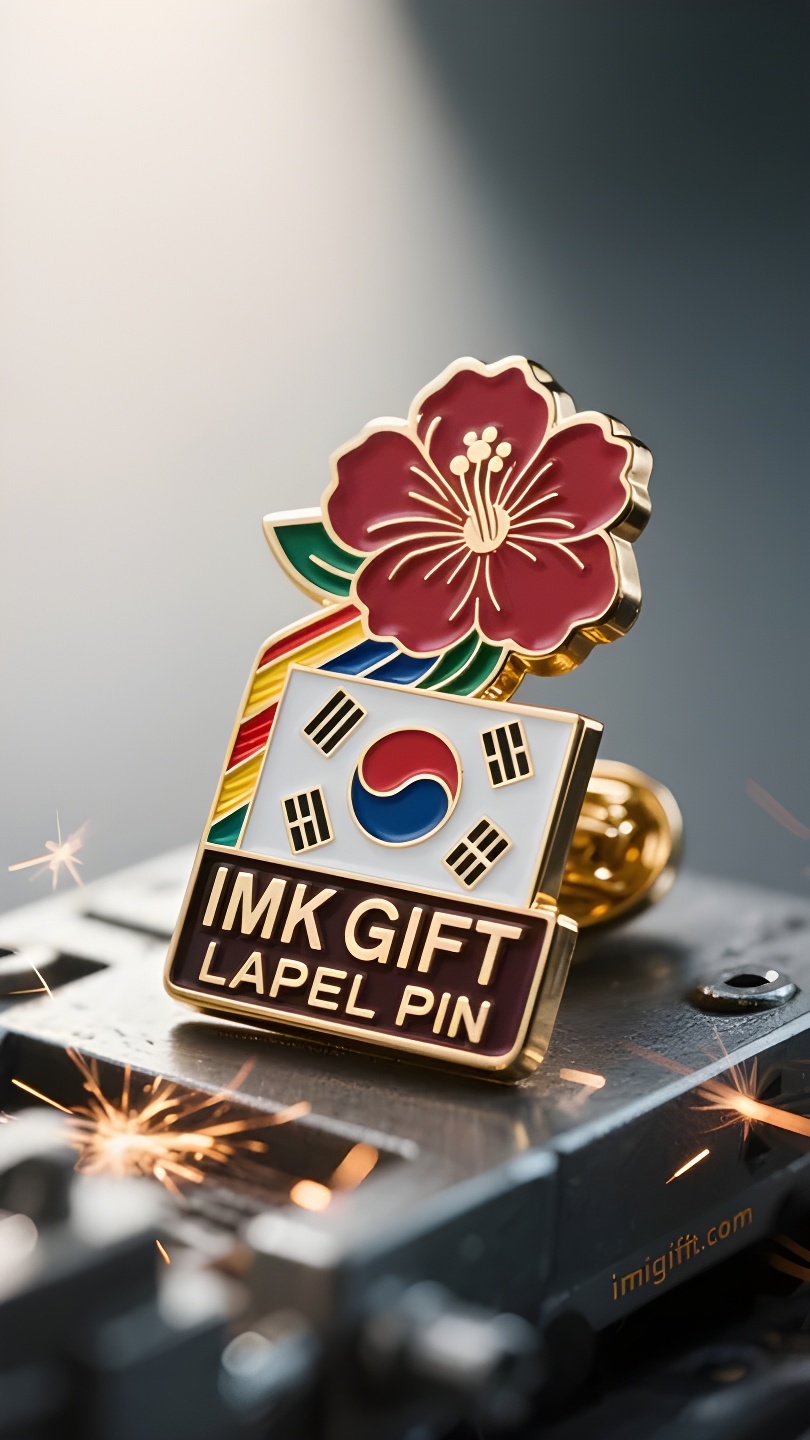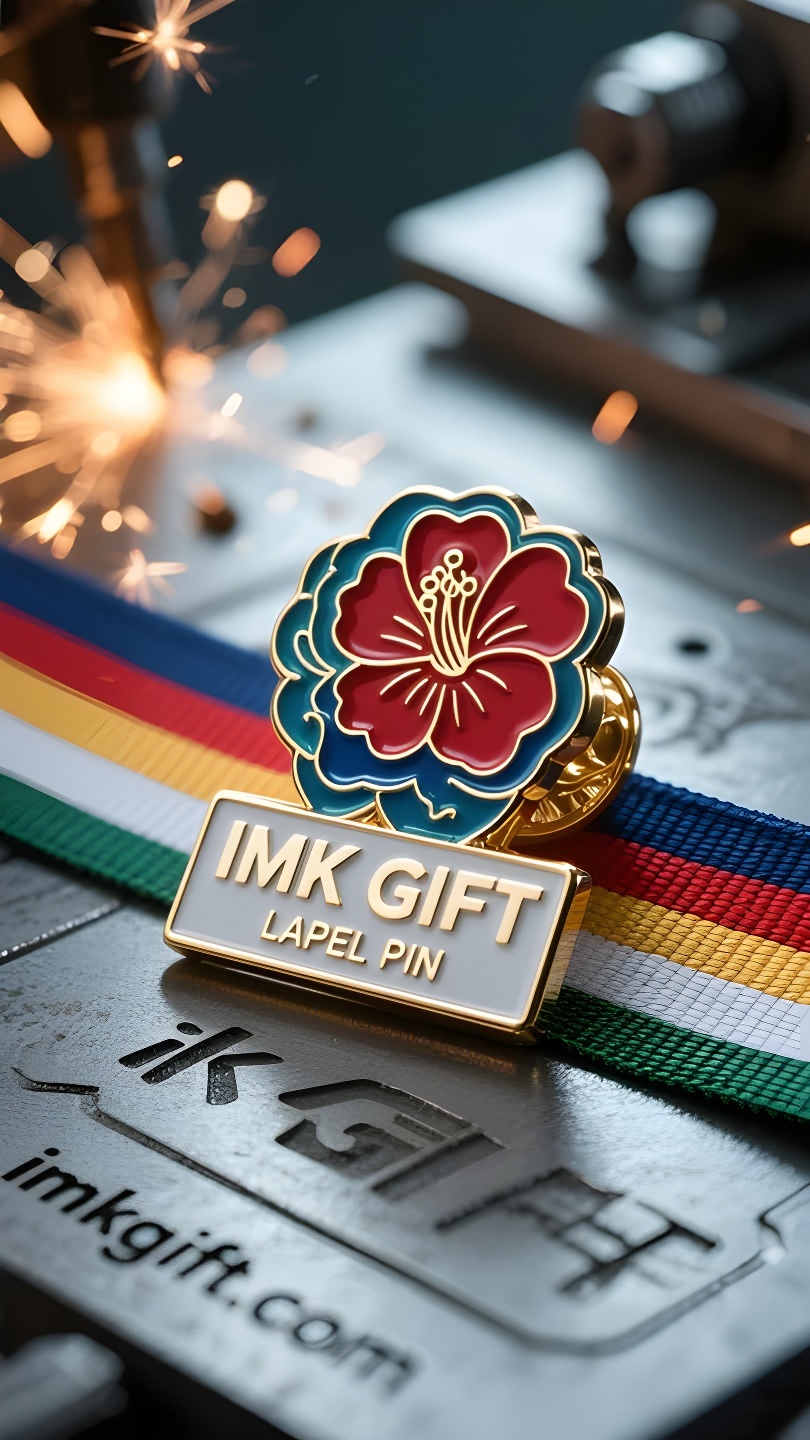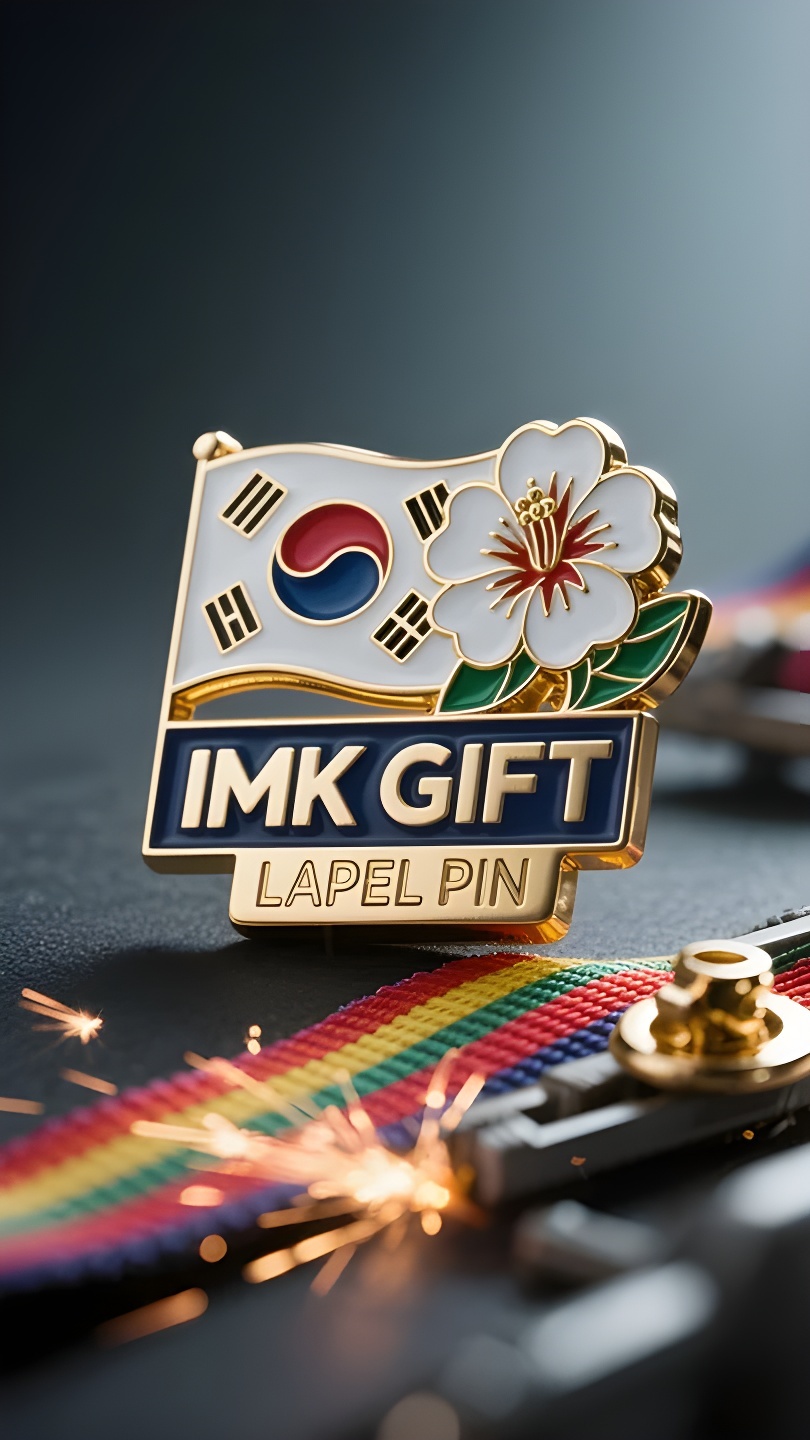in980-무궁화는-시들지-않습니다-국가-상징의-정신으로-나라를-밝혀주세요
▼
8월의 광복절은 한반도 전체가 광복절의 열기로 가득하다. 국민이 우러러보는 태극기와 목화꽃 국장은 무언의 언어로 국가의 정신적 코드를 전하고 있습니다. 대한민국 국장 중앙에 있는 태극권 도형은 5개의 꽃잎으로 이루어진 목화꽃에 둘러싸여 낮과 밤이 영원히 순환하는 모습을 표현하고 있습니다. “무한의 꽃”으로 숭배되는 이 국화는 국가 전체의 정신적 토템을 담고 있습니다. 아침에 피고 저녁에 시드는 목화꽃의 생리적 특징은 한국 문화에서 “끊임없는 재생”이라는 철학적 의미를 갖습니다. 모든 시든 꽃잎이 새로운 싹을 키우는 것처럼, 한국 민족은 임진왜란과 일본의 강점이라는 역사적인 겨울을 겪은 후 재에서 활력을 되살릴 수 있었습니다. 국장의 다섯 꽃잎은 공자의 다섯 가지 덕목인 ‘인(仁), 의(義), 예(禮), 지혜(智), 신(信)’을 상징하며, 암술대를 둘러싼 태극무늬는 음양의 조화 속에서 살아남는 지혜를 상징합니다. 이러한 끝없는 힘은 서울 광화문 앞에 나부끼는 태극기에서 구현됩니다. 4괘로 둘러싸인 중앙 영역에서는 목화꽃과 태극권의 공생적 관계가 확고함과 유연성을 결합한 철학을 보여줍니다. 꽃잎처럼 유연한 적응력을 지니면서도 암술처럼 확고한 핵심 가치를 유지합니다. 전후의 폐허에서 기술 강국으로 성장한 현대 한국은 척박한 땅에서 피어난 목화꽃의 기적과도 같습니다. 8월의 아침 햇살이 목화 꽃잎을 뚫고 나와 해방 기념비를 비추면 모든 한국인은 조상들의 조언을 읽을 수 있습니다. 진정한 영원함은 결코 시들지 않는 데 있는 것이 아니라, 모든 가을이 새로운 꽃을 피울 수 있다는 사실에 있습니다. 국가 상징에 깊이 뿌리내린 이 영적인 불꽃은 앞으로도 국가의 앞날을 밝혀줄 것입니다.
The Korean Peninsula in August is immersed in the heat of Liberation Day. The Taegeukgi and the hibiscus national emblem that people look up to are telling the spiritual code of the nation in silent language. The Tai Chi diagram in the center of the Korean national emblem is like an eternal cycle of day and night, surrounded by five petals of hibiscus. This national flower, revered as the “infinite flower”, carries the spiritual totem of the entire nation. The physiological characteristics of hibiscus flowers, which bloom in the morning and wither in the evening, are given the philosophical connotation of “daily renewal” in Korean culture. Each withered petal is nurturing a new bud, just as the Korean nation can still rekindle its vitality in the ashes after experiencing the historical winters of the Imjin War and the Japanese occupation period. The five petals in the national emblem implicitly correspond to the Confucian Five Constant Virtues of “benevolence, righteousness, courtesy, wisdom and trustworthiness”, and the Tai Chi pattern surrounding the pistil symbolizes the survival wisdom of the harmony of yin and yang. This endless power is concretely presented on the Taegeukgi flying in front of Gwanghwamun in Seoul. In the center of the four hexagrams, the symbiotic relationship between the hibiscus flower and Tai Chi indicates a philosophy of life that combines firmness and flexibility – with the adaptability of petals and the firmness of core values. Modern South Korea has leapt from the ruins of the post-war era to a technological power, just like the miracle of the hibiscus flower blooming in barren soil. When the morning light of August penetrates the hibiscus petals and shines on the monument commemorating the restoration, every Korean can read the advice of their ancestors: true eternity does not lie in never withering, but in every fall that breeds new blooms. This spiritual fire deeply rooted in the national emblem will continue to illuminate the nation’s path forward.
八月的朝鲜半岛浸润在光复节的热潮中,人们仰望的太极旗与木槿花国徽,正以无声的语言讲述着民族的精神密码。韩国国徽中央的太极图如昼夜交替的永恒循环,五瓣木槿花环抱其中,这朵被尊为”无穷花”的国花,承载着整个民族的精神图腾。
木槿花朝开暮落的生理特性,在韩国文化中被赋予”日新又新”的哲学内涵。每片凋零的花瓣都在孕育新的花苞,正如韩民族历经壬辰倭乱、日据时期等历史寒冬,仍能在灰烬中重燃生机。国徽中的五片花瓣暗合”仁义礼智信”的儒家五常,而环绕花蕊的太极纹则象征着阴阳调和的生存智慧。
这种生生不息的力量,在首尔光化门前飘扬的太极旗上得到具象化呈现。四卦围合的中心地带,木槿花与太极的共生关系昭示着刚柔并济的处世哲学——既有如花瓣般柔韧的适应力,又保持着如花蕊般坚定的核心价值。现代韩国从战后废墟跃升为科技强国,恰似木槿花在贫瘠土壤中绽放的奇迹。
当八月的晨光穿透木槿花瓣,照在纪念光复的纪念碑上,每个韩国人都能从中读取先辈的嘱托:真正的永恒不在于永不凋零,而在于每次坠落都能孕育新的绽放。这种深植于国徽的精神火种,将继续照亮民族前行的道路。
▼
Contact Us
📞 Tel: +0086-760-85286839
📧 Email: sales3@imkgift.com








